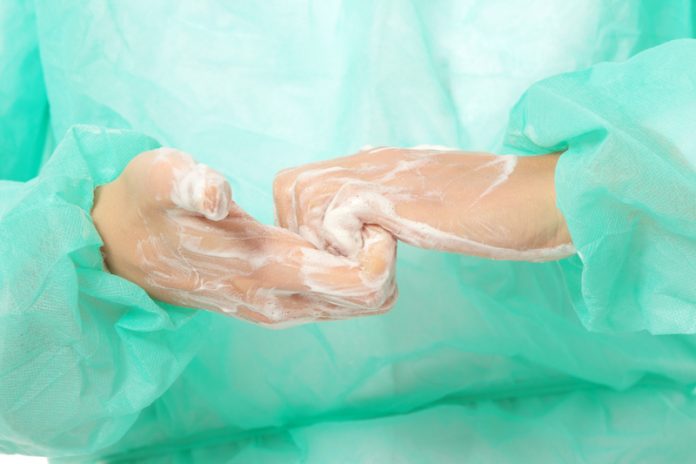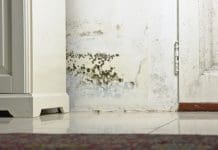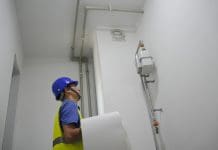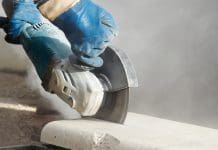
Guidelines on indoor hygiene for new build and renovation projects have been issued, with copper at the forefront as an effective antimicrobial material
New guidelines have been issued by Finland’s Building Information limited. The document covers using copper to aid with indoor hygiene for new build and renovation projects.
Copper is an effective antimicrobial material that can be used to improve indoor hygiene on construction projects.
The guidelines form part of the Finnish RT Building Information File and cover four levels of hygiene for different building types. It also covers various measures that can be enacted to deliver the required standard.
High-touch surfaces, for example, form the three most stringent categories, with copper recognised as the most effective antimicrobial material.
Designing out infection
The guidance was presented during the Indoor Hygiene Seminar in Espoo and is among the first to provide a toolset for ‘designing out infection’. It is hoped it will increase awareness of the opportunities as well as the solutions available to improve hygiene during project design and construction phases.
Property owners, architects, designers, developers and contractors are among the targets of the information, which hopes to achieve high-functioning buildings that prevent the spread of infection.
Buildings said to require the most cover include operating theatres, ICUs, pharmaceutical production facilities and laboratories. The next level down from that is hospital reception areas and patient rooms, day care centres, airports, swimming pools and spas. The third level is schools, sports facilities and offices.
The guidelines were created in response to the Hygtech project group, which recently published research into the properties of copper as an antibacterial material. The study was initiated by Satakunta University of Applied Sciences and found replacing frequently touched surfaces with copper equivalents gave greater protection from bacteria than non-copper equivalents. In fact, there was an 85 per cent reduction in bacteria. ICU patients acquiring a healthcare-associated infection also fell by 58 per cent as a result.













